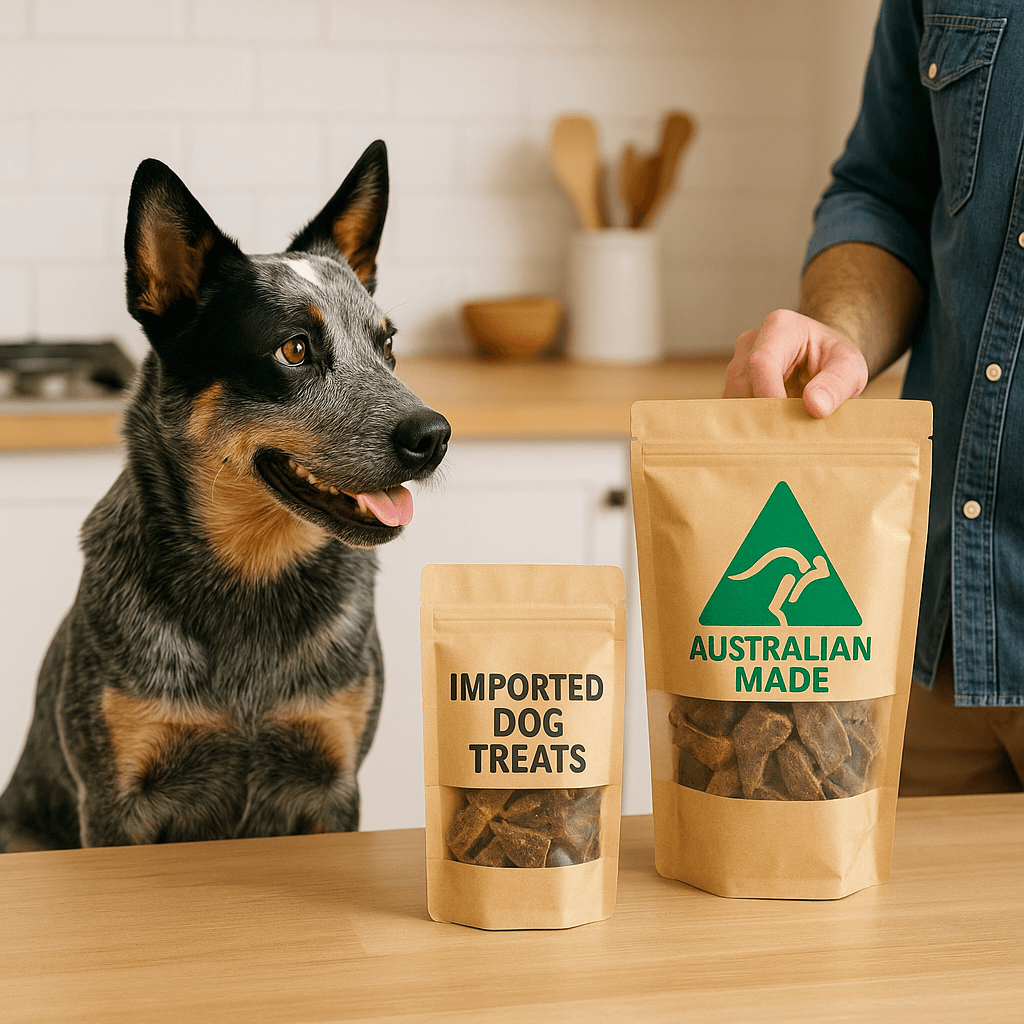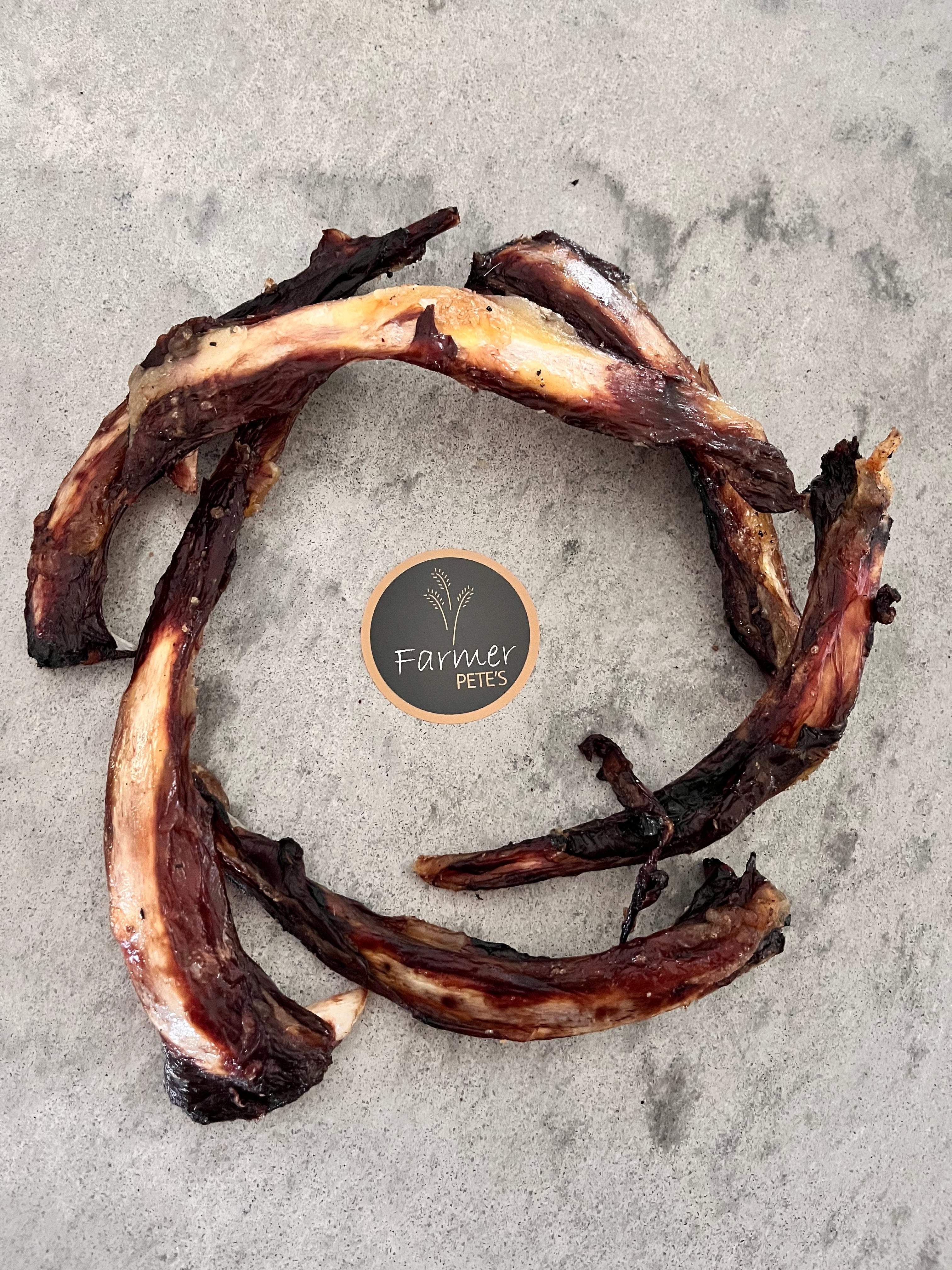One of the most important parts of your rabbit's diet is hay. A reliable source of hay is essential to a happy healthy rabbit.
You should give your rabbit access to hay daily, about the size of its body. 80% hay and 20% greens make up the optimum rabbit diet. Providing hay regularly will keep your rabbit's teeth and digestive system healthy. You should also give your rabbit at least 10% of their body weight in water daily.
The high fibre content of grass and grass hay is crucial for normal digestion. If the diet is too low in fiber, fatal digestive problems can occur – another common problem in pet rabbits.
Foraging for and chewing on grass or grass hay also helps to increase activity levels and prevent boredom and behavioural problems
There is a lot of discussion about hay; what types of hay, and how much to feed.
So, what is best Hay for your bunny and why?

The Most Common Types Of Hay Used For Rabbits
The most prevalent hay varieties in Australia are Lucerne, Oaten, Timothy, and Grass/Meadow.
How To Choose The Best Hay For Your Pet Rabbit
OATEN HAYThis type of hay can include oat, wheat, and barley. It is rich in vitamins, fiber, and other minerals and low in protein. Many rabbits enjoy the crunchiness of the seed husks, and you will see it blended with other hays. We recommend your main hay for a healthy bunny to be Oaten hay.
TIMOTHY HAY
Timothy Hay is grass hay that is a cool season crop and can withstand harsh winters. It is different from a legume because it has long, hollow stems with spikelet flowers. Timothy hay contains less protein and other minerals compared to Lucerne /alfalfa hay, but it provides the appropriate amount needed for adult bunnies. There is plenty of fiber and protein in timothy hay to keep your rabbit healthy and happy.
GRASS/MEADOW HAY
Meadow Hay is a mixture of grass hays that offers a variety of textures and flavour for your rabbit. There can be other plants included in the mixture, as well as debris and stone. Depending on location an source, the protein and calcium content can vary depending upon what type of grasses are grown.
ALFALFA / LUCERNE HAY
Alfalfa also called Lucerne is a seasonal flowering plant from the legume family. It is mainly cultivated in warmer climates for hay production in the fields of Australia, and on other continents.
Alfalfa is a legume from the pea family that is high in minerals and provides plenty of energy. This hay is perfect for the first six months of life (after your bunny has been weaned).
It provides high amounts of calcium and protein that is essential for growth and is a good choice for growing rabbits but if fed exclusively to an adult rabbit, it can cause urinary stones due to the high calcium content, adult rabbits should be given grass hay instead.
Lucerne hay can be used for lactating does, or rabbits needing extra calcium or to put on some weight.
Lucerne (also known as alfalfa) hay is best avoided in most rabbits as the high levels of calcium and protein in Lucerne hay make it unsuitable for mature rabbits.
STRAW
Straw is what is left over after harvesting hay and is often sold as 'bedding' for pets and livestock. Straw is not a food and has very little nutritional value for our rabbits.
| Type of Hay | Calcium Content | Uses |
| Lucerne/Alfalfa | 1.34 | Young, pregnant, Calcium deficient |
| Timothy | 0.44 | Maintain healthy Teeth/Weight |
| Oaten | 0.33 | Maintain healthy Teeth/Weight |
| Orchard / grass/ Meadow | 0.34 | Maintain healthy Teeth/Weight |
| Straw | 0.13 | Bedding Only |
Chewing Hay Is Essential For A Rabbits Diet
You must not exclude hat from your rabbits diet, because rabbits need to chew in order to prevent their teeth from overgrowing.
Chewing hay will help them engage in their natural activities, without causing damage to their teeth. However, you should also ensure that they are getting enough fiber. This is necessary because their digestive systems are extremely complex, and they need to eat frequently to prevent blockages and GI Stasis.
Calcium should make up about 0.4% of a healthy, happy rabbit's diet. Rabbits continually growing teeth are made of calcium, as are their robust bones.
The calcium content of various hays varies, depending on the time of year, the region where the hay is cultivated, and even the individual bales themselves!

Mixing Your Hay For Those Fussy Rabbits Eaters
Mixing up the varieties can give your rabbit a variety of flavors and nutritional values and offer your rabbit a variety of choices helping them become desensitised to small changes in the smell, making them more consistent eaters.
Another way to increase the nutritional value of your rabbit's diet is to supplement your pet's hay with other food items such as dried fruits and vegetables.
A healthy diet for a rabbit should include fresh grass hay, pellets, and leafy greens,
Treats of dried fruit and vegetables are also good but should not form the main part of a rabbit’s diet.
Presenting your rabbit's hay in their litter tray is a great way to contain some mess and encourage hay intake. Alternatively, a 'hay rack' above the litter tray can work well and prevent your rabbit from spreading the hay too much.
A hay bag attached to the side of the cage is a great way to also contain mess.
Hay should be fresh, of the highest quality and changed daily. Avoid moldy hay, as it smells horrible and can contain harmful bacteria and not safe for your rabbits.
What If My Rabbit Does Not Like Hay?
Some rabbits prefer their pellets, raw vegetables, dried vegetables and treats over hay. In this situation give them the hay first and give them less of the other meals (but call your veterinarian if your rabbit stops eating altogether!).
Chaff is also an option for rabbits which is cut up hay and this can be added into a bowl of 'pellets or mixes' to encourage hay intake and be a good transitional option! Farmer Pete’s Chaff has the added incentive of dehydrated fruit and vegetables to get your rabbit eating hay.

So Why Feed Hay To Your Rabbits?
- The indigestible part of the fiber helps to keep the complex digestive system of the rabbit in proper working order
- The action of chewing on high fibre hay assists in grinding down the teeth of your rabbit, which grow continuously throughout their life
- Rabbits who are deprived of appropriate hay are more likely to chew on their own fur and thus predispose themselves to intestinal obstruction from hairballs.
- Hay-eating rabbits are more likely to drink water and therefore will urinate more, which helps to protect them against the formation of bladder stones.



